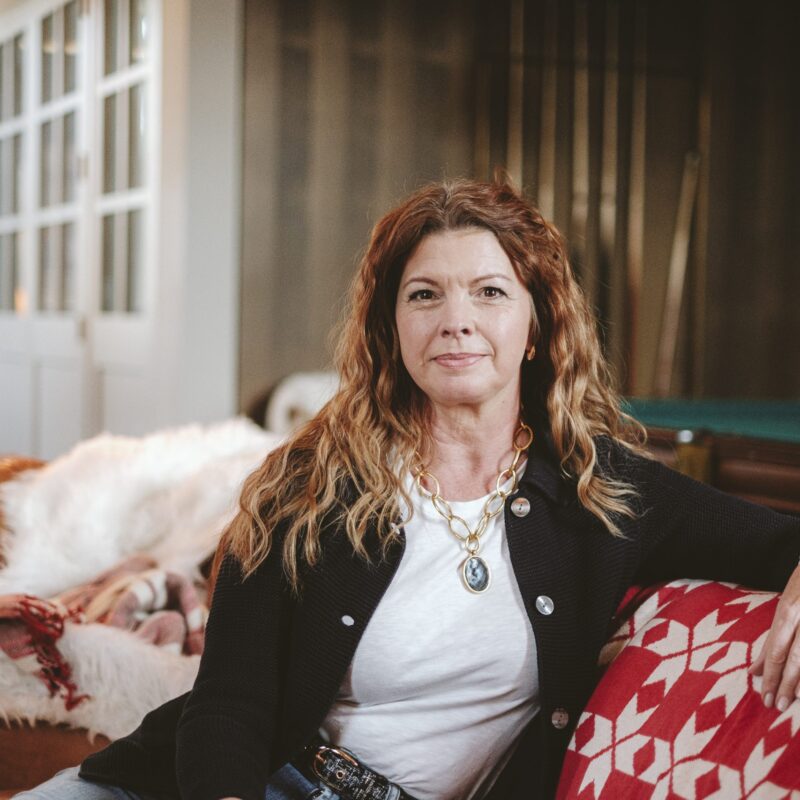Eating right
Buying and snarfing local foods has become an essential part of the green household’s agenda. And it’s curious how political that simple act can be in the age of agribusiness. For all those interested in the heavier implications of their dinner—social, ethical, environmental—the blog Ethicurean is a smart and relevant read.
“Chew the right thing” is the blog’s tagline, and topics range from odd Safeway ads promoting “robust” tomatoes (shouldn’t strength and resilience take a backseat to flavor and ripeness when it comes to tomatoes? asks the writer) to a Portland, Maine bookstore entirely devoted to food and wine reading. Comments intelligently discuss Barack Obama’s food and agriculture positions, and a conversation about food guru Michael Pollan’s latest book leads to the question of how social class impacts people’s ability to make good eating choices.
 |
The best part? All this heady discussion (and links to other online reads) not only feeds your head but makes you hungry to boot—for homemade pasta, family-farmed pork, and herbs from the backyard. A healthy sense of humor is the blog’s most important seasoning. Read at ethicurean.com.—Erika Howsare
1/10 of an acre
That’s the amount of land used by a California family to grow enough vegetables to feed themselves and provide some income. The 10-acre plot surrounds their two-bedroom bungalow, which sits in an urban neighborhood in Pasadena. We spotted their story at re-nest.com; makes us want to drop out and get growing!
Up to bats
Let us remind you that mosquitoes are the ones feeding on your blood, not bats—despite their inaccurate rep as vampire-like villains. These creatures can actually be our summer savior against those other itch-inducing pests. Citronella candles and Off have got some competition: Bats can consume up to 1,000 mosquitoes in just one hour. All right, so now you’re thinking, how do I get me some bats? Two words: bat box.
No, this isn’t some creepy animal catching device. The bats like it, we promise. If you prefer, we can call it by its alternative name, bat house. Picture it as a flattened out birdhouse, constructed mainly of wood with an open bottom. If you pick one up pre-made, it’ll cost $25 to $60 and may even have a bat silhouette burned into it (so the birds don’t get confused, we assume).
 Cute, eh? You’ll appreciate bats more when they make your yard less buggy. |
Whether you’re buying a commercially made product (Southern States on Harris Street offers two different kinds) or feel ready to take this little construction project on yourself (there are numerous designs available at eparks.org), here are some must-know pointers. It should be at least 2’ off the ground to protect our new friends from predators, in an area that provides sunlight during the day to heat up the box and within a quarter mile of water. The wood should be rough so the bats can cling easily, and an open bottom will attract fewer parasites to the box. Once you’ve got this baby set up, feel free to victoriously toss out your AfterBite cream.—Suzanne van der Eijk
Green furniture, green cause
For eight years now, Margie Shepherd has assigned the same graduation project to her Henley Middle School eighth graders: Organize a silent auction of their own arts and crafts and select a worthy organization for the proceeds. Called “Peace by Piece,” this year it benefited a well-building operation in Haiti and the Central American Solar Energy Project.
 Handmade home stuff and a good cause: looks beautiful to us. |
Swirling through the throngs of young teens and their families in the auditorium one May evening, I found myself in the middle of a bright bazaar of mosaic-tiled birdbaths and shell-encrusted mirrors, curly coasters cut from soda cans (really cool, actually), lots of sturdy tables and chairs decorated with peace symbols and T-shirts stenciled with Bob Marley and Bono.
Colorful slides of Guatemala and Honduras flashed on the screen above the stage while Caribbean carnival music played on the PA system. Kids were showing their friends and moms and dads the things they’d made and everyone noshed around the snacks table. It really was a better world. Support it by contacting Margie at mwshepherd@k12albemarle.org to purchase assorted T-shirts and “Neither, thank you” cloth grocery bags until next year’s auction.—Cathy Clary
Cooking for a cooler planet
This summer in the kitchen, you can lower both the sweat factor and your carbon footprint with these tips:
Think cool foods. Cool the palate as well as the planet with cold soups like homemade gazpacho (local tomatoes only), fruit soups, salads, or raw veggies.
Buy local and organic. Shop the farmers’ market Tuesday, Wednesday or Saturday, or the local selection at Rebecca’s or Integral Yoga.
Keep a lid on it. Don’t peek when stovetop or oven cooking. Opening the door can lower the internal temperature by as much as 25 degrees.
 Gazpacho and other no-cook meals have big flavor with a smaller footprint. |
Don’t preheat. It’s unnecessary in most cases.
Use a pressure cooker or Crock-Pot. Both help you get more out of the electricity you use.
If the pan fits, use it. A 6” pan on an 8” burner can waste 40 percent of the heat produced.
Cook double portions. Microwaves save as much as 75 percent of energy on reheating (don’t use plastic, though!).
Go the extra green mile. Buy a solar cooker!
Betty’s Smoothie
1 cup local fruits, like Berry Patch blueberries
1/2 cup Twin Oaks tofu
1/2 cup Seven Stars Farm yogurt
Blend and toast to a better world, compliments of Betty!
Check out Better World Betty’s local green-living resource list and blog at http://betterworldbetty.com.
Yes, you can
Here’s what Tamara Sykes, who leads garden tours at Monticello and enthusiastically cans lots of local produce, has to say about her hobby:
“Everybody I know hates canning.”
True, it’s no day at the beach. But canning is fun in a different way. You’re giving your future self a little present: a portion of summer fruit or veggies that you can enjoy in darkest winter, secure in the knowledge that you yourself did the processing.
 Empty vessels await the fruits of your labors: Think local tomatoes in December. |
“The first time I canned I bought all the equipment—canning rack, tongs, funnel, aluminum kettle,” says Sykes. Later, she got rid of all that stuff and now improvises with other stuff: extra jar lids on the bottom of the kettle instead of a proper canning rack, regular tongs instead of the special canning variety. “I cut out the bottom of a small yogurt container and that’s my funnel,” she says.
With this modest setup, she cans jams, tomatoes, homemade maraschino cherries and a Bloody Mary mix that frankly sounds amazing (tomatoes, beets, green beans, spinach, peppers…). If you’re interested in learning to can, freshpreserving.com is a great place to start.
Sykes’ tips? “You can never have too much hot water going [for sterilizing equipment and jars],” she says. Also, “It’s just important to respect the heat of everything you’re doing. Just be prepared for a big mess, and be patient.”—Erika Howsare





